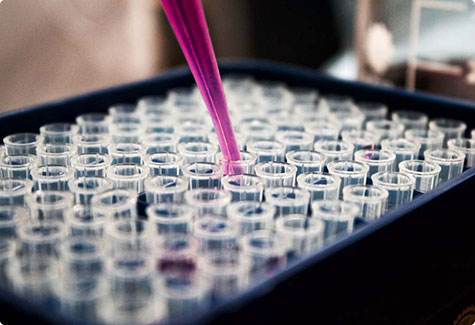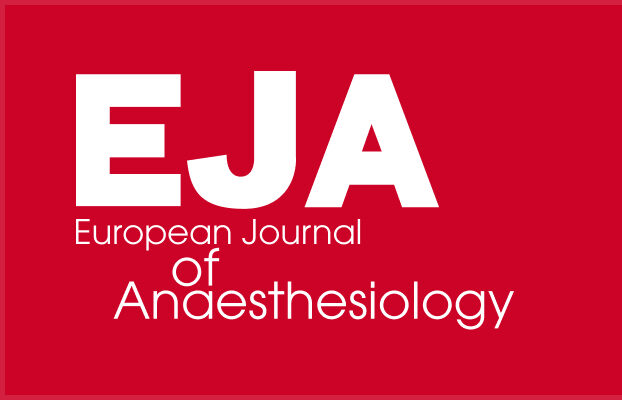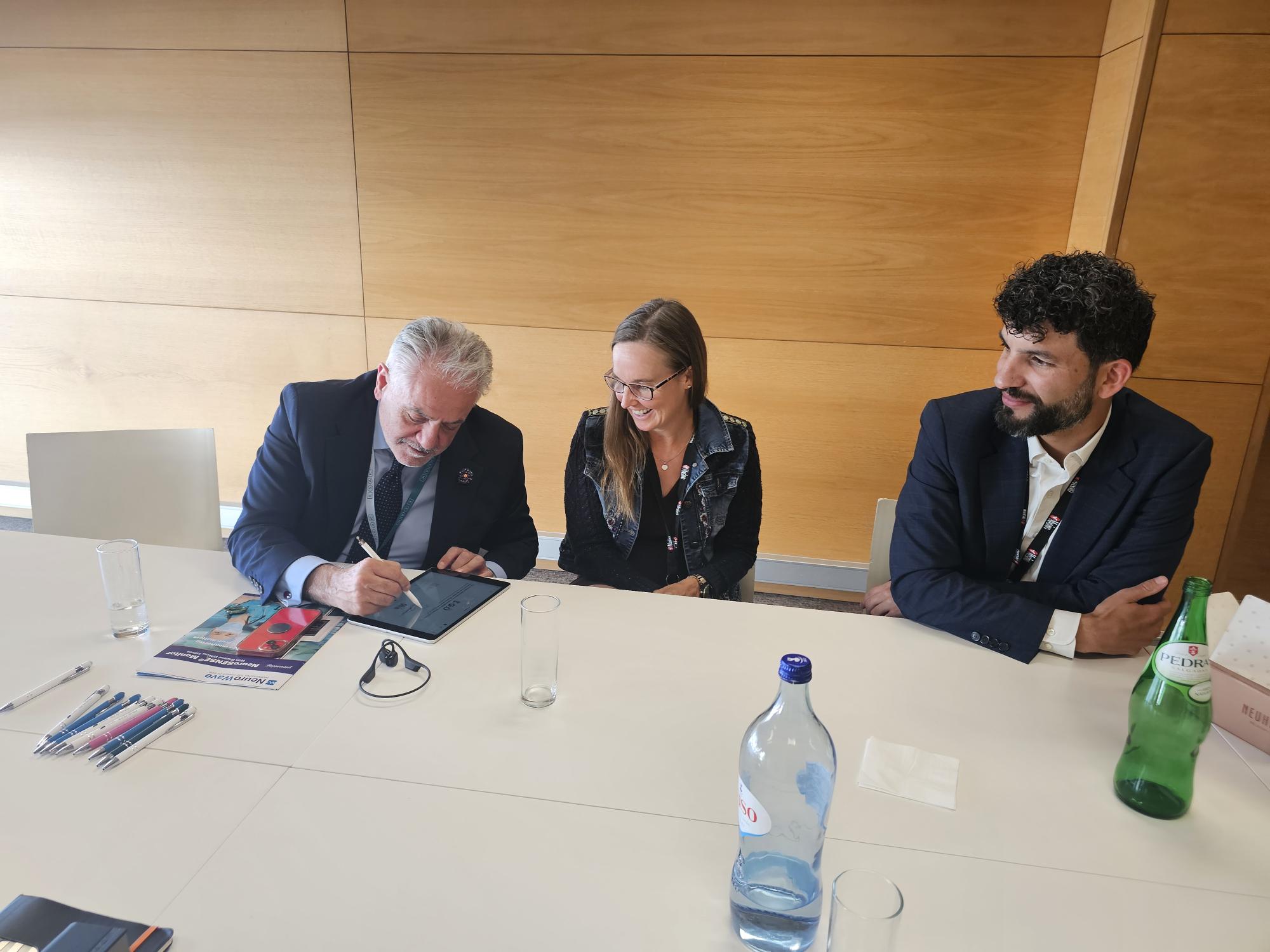Congress Newsletter 2025
Should Continuous Monitoring Become the Norm in the Postoperative Setting?
Do the benefits outweigh the cost and the extra work associated with continuous postoperative monitoring? Clinicians attending this year’s Euroanaesthesia congress will have the opportunity to weigh the pros and cons of this intervention during Sunday’s debate.
Despite the increased availability of continuous and remote monitoring technologies in hospitals, the continuous monitoring of blood pressure, oxygen saturation, and respiratory function does not currently represent the standard practice in postoperative settings. Once patients are transferred to the general ward after surgical procedures, their vital signs and general condition are assessed intermittently, every 8 to 12 hours, by the nursing staff. Some experts have argued that infrequent monitoring may miss the signs of deterioration in patients, allowing for postoperative complications to develop and leading to worse long-term outcomes.
“Continuous postoperative wireless monitoring is feasible and reliable and is able to detect deterioration of vital signs much earlier than does intermittent spot-check monitoring,” said Benedikt Preckel, MD, PhD, professor of anaesthesiology and chairman of the anaesthesiology department at Amsterdam University Medical Center, in the Netherlands. “One must take into account that postoperative monitoring will not reduce post-surgical complications, but will be able to detect deviations much earlier, so aggravation of the complications might be [prevented].”
Preckel and colleagues conducted a randomised controlled trial1 to assess the impact of continuous wireless monitoring in the postoperative setting on patient outcomes. In the study that enrolled more than 700 patients at two hospitals in the Netherlands, the intervention group received continuous wireless monitoring of heart rate, respiratory rate, and temperature in addition to the standard care. Automated alerts signaling the deviation of vital signs from baseline were sent to ward nurses, triggering the calculation of an early warning score. A higher percentage of patients in the control group reported new disability 3 months after surgery compared with the participants who received continuous wireless monitoring. Patients who were continuously monitored also had lower mortality rates. However, because the study was terminated early due to COVID-19 pandemic restrictions, the investigators were unable to conclude long-term postoperative outcomes in the two groups.

Previous research has shown that wireless and wearable devices that continuously track patients’ vital signs improve the timely detection of patient deterioration.2 For high-risk surgical patients, who often develop postoperative complications that can be detected, including in-hospital cardiac arrest, continuous postoperative monitoring may be the safest bet for improving the odds of survival and favourable outcomes.
“As continuous monitoring has its price, it will not be suitable as a universal approach for every patient,” Preckel noted. “But there might be patient categories where a beneficial effect outweighs the additional costs, such as elderly patients, those patients undergoing major abdominal or thoracic surgery, patients with significant cardiopulmonary or neurologic co-morbidities, patients who receive significant amounts of opioids during anaesthesia, or those who need opioids in the postoperative period for pain management.” A case report from a medical center in Portugal, which will be presented Monday during a poster session, will highlight the role of continuous monitoring in the surgical ward in the timely detection and treatment of serious complications such as acute pulmonary edema.
While rapid response teams have become a reality at most hospitals across Europe, some medical centres may be slow to implement continuous postoperative monitoring in their wards. Clinical teams must weigh the benefits of continuous monitoring against drawbacks such as higher costs, alarm fatigue related to irrelevant alerts, and the additional workload for the clinical staff. As clinicians become more familiar with continuous monitoring technologies and adopt new approaches to the interpretation of continuous vital signs, clinical uptake may continue to increase. With careful and sustainable implementation, continuous monitoring may finally bridge the postoperative safety gap between research and clinical care.
References:
- Posthuma LM, Breteler MJM, Lirk PB, et al. Surveillance of high-risk early postsurgical patients for real-time detection of complications using wireless monitoring (SHEPHERD study): results of a randomised multicenter stepped wedge cluster trial. Front Med (Lausanne). 2024 Jan 5;10:1295499.
- Posthuma LM, Visscher MJ, Hollmann MW, Preckel B. Monitoring of high- and intermediate-risk surgical patients. Anesth Analg. 2019 Oct;129(4):1185-1190.










